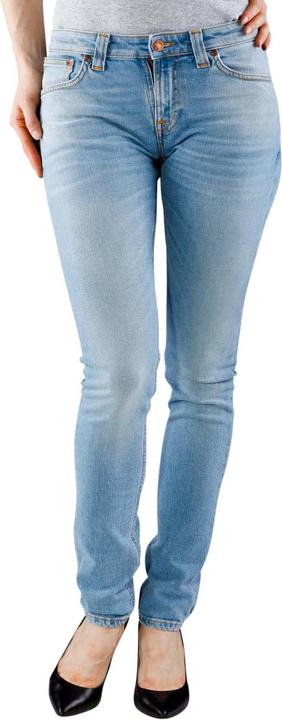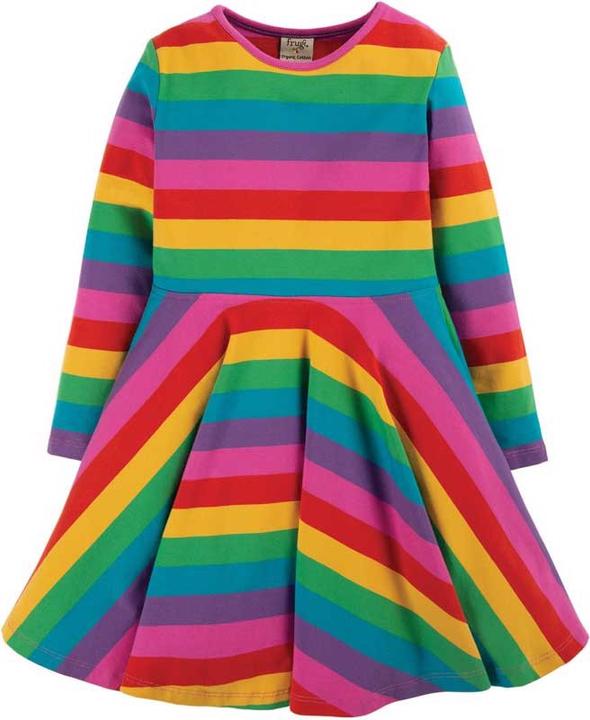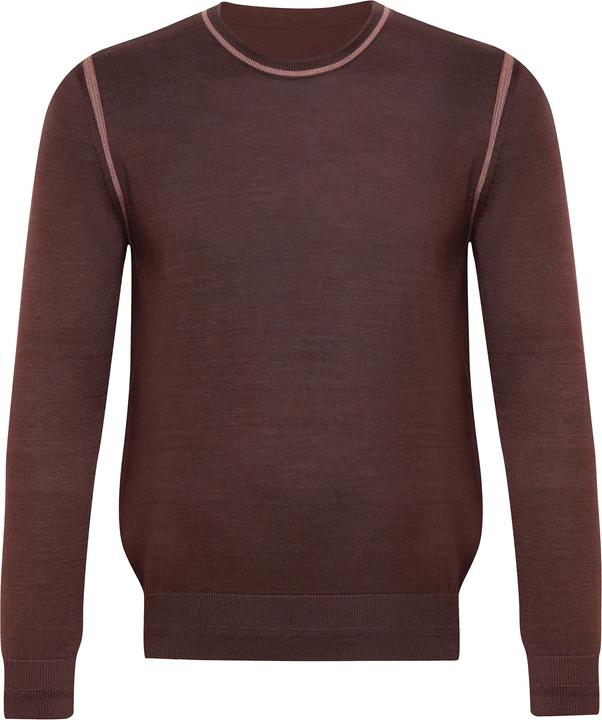

How toxic is your clothing?
Cheaply produced fast fashion harms you and the environment. Find out which toxins are hiding in your clothing and why you'd better keep your hands off black or wrinkle-free shirts.
A lot has changed in the textile industry in terms of sustainability. According to Greenpeace (article in German), despite alternative manufacturing methods, 90 per cent of all clothing sold worldwide is still produced under low-cost and predominantly toxic conditions.. This not only harms the environment, but also your health. Chemically treated clothes emit harmful substances when worn, which can lead to allergic reactions. While some chemicals enter your body through your skin, you inhale others. As a result skin rashes as well as headaches can occur.
The problem is dyeing processes in textile production, which are extremely toxic. Untreated synthetic and cotton fibres are grey-beige and can hardly absorb colour. Enriching fibres with heavy metals, such as lead and mercury or halogen compounds, is necessary so the fibres can bind colour pigments. Black textiles (article in German) require a particularly large number of colour pigments and are especially toxic. The following applies: the lighter a fabric, the fewer chemicals are involved.
Special effects at any price
As soon as a garment fulfils a certain purpose, other chemicals besides dyes are used : nowadays sweaters can’t be scratchy, they have to be cuddly soft. The same goes for wrinkle-free shirts and waterproof rain jackets. These requirements figuratively come at a price. So if you buy a garment that is shape-retaining, shrink- or wrinkle-proof, you can assume that it has been treated with carcinogenic formaldehyde. Shirts and sweaters with prints also contain toxic softeners. Flame or mould protection is also commonly applied. The latter is used in socks and sportswear and shouldn’t be underestimated.
Take particular care with weatherproof clothing: it’s often spiked with surfactants such as per- and polyfluorinated chemicals, PFC (article in German) for short. It’s what makes outdoor pieces water-repellent and breathable. In the long run, these toxins can weaken your immune system (article in German).
Therefore, always wash new clothes before wearing them for the first time. Even better, do without them altogether. A list of the eleven most dangerous substances can be found here (article in German).
Label fraud?
According to the Textile Labelling Act (article in German), the label only has to list the individual fibres, but not the toxic substances used for them. Nevertheless, it’s worth taking a closer look at the textile label before buying. Be careful if it says «non-iron», «wash separately» or «the colour may bleed». In this case, the fabric isn’t colourfast. Distressed clothes and items you need to get professionally cleaned are chemically treated. Although many chemicals are odourless, there are clothes that stench before the first wear. If this is the case, the following applies: hands off if you care about your health.
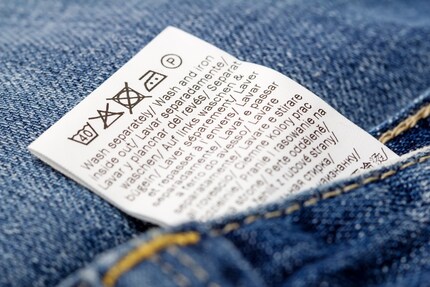
Not life-threatening, but concerning
According to the Federal Food Safety and Veterinary Office (article in German), «Hundreds of different substances are used in the dye process of textiles alone.» Many of these toxins can’t be absorbed by the skin. Nevertheless, dyes can cause allergic reactions or accumulate in the organism. However, they’re not life-threatening.
But these chemicals are fatal for the labourers working in these factories day after day without any protective measures, producing fast fashion for a pittance. How about compassion, in other words more sustainable consumer behaviour?
When buying, go for light-coloured fabrics made from organic natural materials such as cotton, linen and silk with quality seals such as IVN (article in German) or GOTS. They guarantee that no toxic substances have been used in the production process. The Sustainability Map provides a general overview. However, as long as you continue to consume fast fashion and don't actively question the production processes of your favourite brands, they won't change the way they operate. After all, the saying goes: never change a winning team.
Three garments from certified fashion labels:
When I’m not exploring the depths of the sea as an open water diver, I enjoy plunging into the world of fashion. On the streets of Paris, Milan and New York is where I keep my eyes peeled for the latest trends. And I’ll show you how to take them from the catwalk to your everyday life.
Interesting facts about products, behind-the-scenes looks at manufacturers and deep-dives on interesting people.
Show allThese articles might also interest you
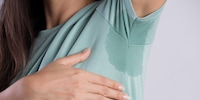
Background information
People should be able to see that you do sport, but not smell it
by Siri Schubert

Background information
Skiers advised to wear cut-resistant underclothes as crash protection
by Siri Schubert

Background information
Mammut’s new jackets contain scraps of rope to keep you warm
by Siri Schubert
